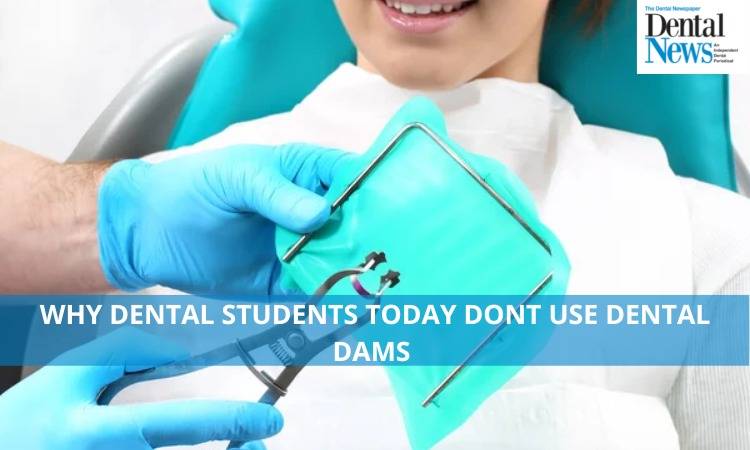
Rubber dams or dental dams are pre-requisites for Endodontics and Operative Dentistry. Rubber dam placement is the most technique-sensitive step during an endodontic procedure. While this crucial step is mandatory to ensure the longevity of the treatment, it often comes as a hassle to dental students. In most instances, students avoid placing rubber dams during endodontic treatment.
While practitioners often encourage the use of rubber dams - the lack of doing so is a significant step away from standard care. Rubber dams offer a variety of advantages, including maintaining an aseptic field and preventing aspiration/ingestion of instruments, materials, and toxic irrigants. The rubber dams also provide a clean area for the dentist while protecting the soft tissues and adjacent teeth.
While these advantages have always favoured the use of rubber dams, students often fail to comply with the requirement. Instilling the rubber dam practice can be done while developing a solid foundation emphasising the fundamental aspects of dental care. While many dental institutions do so, students still fail to understand the importance of rubber dams, and their attitude toward using them often leads to inherent problems.
Why do Students Avoid Dental Dams?
Here are some of the reasons students avoid using rubber dams.
1. Students Find Them Time-Consuming
One of the most common reasons students refrain from rubber dam placements is because they consider it time-consuming. The rubber dam is a technique which requires excellent care and expertise. Mastering the art of rubber dam placement is time-consuming, yet the results are remarkable. The lack of time between the patient's appointments is another reason students avoid rubber dam placement. Students not only find it time-consuming, but they also see them as a hindrance in the working area.
2. Lack of Knowledge & Expertise
Rubber dam placements require practice, and often the students fail to comply with the requirement. Lack of knowledge and experience makes it difficult for the students to learn the rubber dam placement, further adding to the problem. According to research, students deemed using a rubber dam difficult since it consists of too many components.
3. Hindrance in Treatment
A rubber dam compromises a sheet which covers the entire oral cavity except for the tooth which is under treatment. The metal frame of the rubber dam often causes hindrance with the dental treatments making it difficult for the students to access the root canals. Hence, the procedure becomes time-consuming and hectic.
While many researchers have concluded the reason behind the lack of rubber dam placements, more work is needed in the designated department to help the students understand the need and demand for the dental tool appropriately.

Dr Rida Qamar
The author is contributing writer at Dental News Pakistan and can be reached at Ridaqamar100@gmail.com

